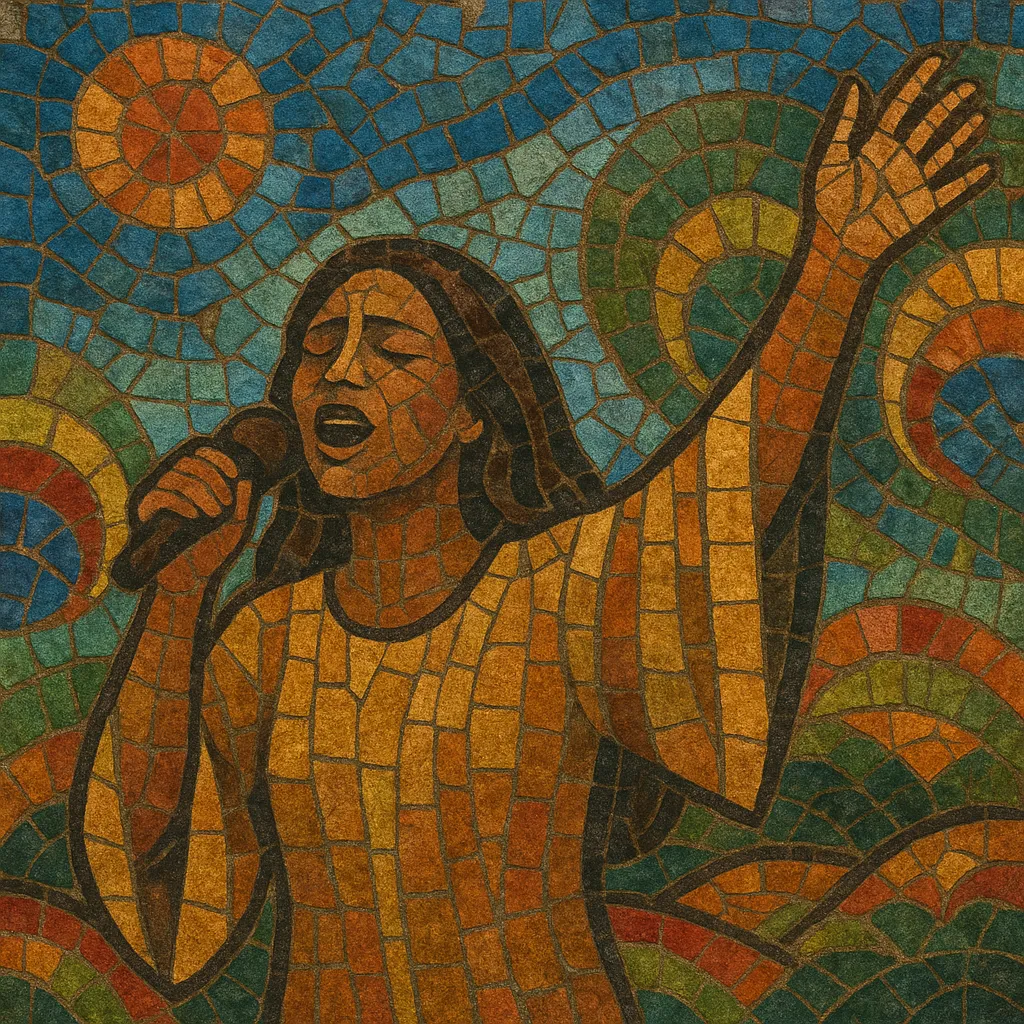Brazilian gospel is the Portuguese-language branch of contemporary Christian music made in Brazil, blending the devotional core of gospel with local popular styles and rhythms. It spans polished pop-worship ballads, energetic congregational anthems, and regionally inflected fusions such as samba-, sertanejo-, and forró-informed praise.
The genre’s lyrics focus on praise, testimony, consolation, spiritual warfare, and everyday Christian life, commonly tailored for congregational singing and evangelical outreach. Sonically, arrangements range from piano-led ballads and tight pop-rock bands to percussion-rich ensembles with batucada grooves, accordion (in sertanejo/forró settings), and layered backing vocals.
A massive evangelical audience, strong church networks, dedicated labels, and national media support have turned Brazilian gospel into one of the country’s most robust music markets, with charting singles, arena-scale worship events, and Latin Grammy–recognized artists.
Protestant hymnody and North American gospel recordings reached Brazil in the 20th century via missionaries, radio, and church songbooks. Throughout mid-century, worship music was largely hymn-based and congregational, with occasional local popular-music inflections.
In the late 1970s and early 1980s, Brazilian artists began adapting contemporary Christian music (CCM) and rock/pop idioms to Portuguese lyrics and evangelical contexts. Groups such as Rebanhão and early worship ministries helped define a modern, youth-facing sound, while Pentecostal circles fostered powerful vocal styles and testimonies.
The 1990s brought professionalization: dedicated labels (e.g., MK Music, Line Records, Graça Music) and national distribution expanded the audience. Artists like Cassiane, Fernanda Brum, Cristina Mel, and Aline Barros popularized radio-ready pop-worship and gospel ballads. By the 2000s, worship collectives such as Diante do Trono filled arenas, released live albums, and influenced congregational repertoires across Brazil and the Lusophone world.
From the 2010s, television specials (e.g., Festival Promessas) and major-label imprints (e.g., Som Livre Gospel) amplified the genre’s reach. Streaming accelerated cross-pollination with Brazilian pop, R&B, sertanejo, forró, and even hip hop, while worship aesthetics remained central. Artists like Gabriela Rocha, André Valadão, and Thalles Roberto achieved massive digital footprints, and bands such as Oficina G3 brought rock and progressive elements into the gospel space.
Brazilian gospel emphasizes singable melodies, clear devotional messaging, and dynamic builds (pads → mid-tempo groove → soaring chorus). Arrangements often combine international CCM production with Brazilian grooves (samba/pagode swing, baião/forró syncopations, sertanejo harmonies), creating a distinctly local expression of global worship.
Decide whether you’re writing pop-worship (arena choruses, pads, and piano), samba/pagode-inflected praise (percussion-forward swing), sertanejo gospel (acoustic guitars, close harmonies, tasteful accordion), or rock-driven worship (electric guitars, larger dynamics).


